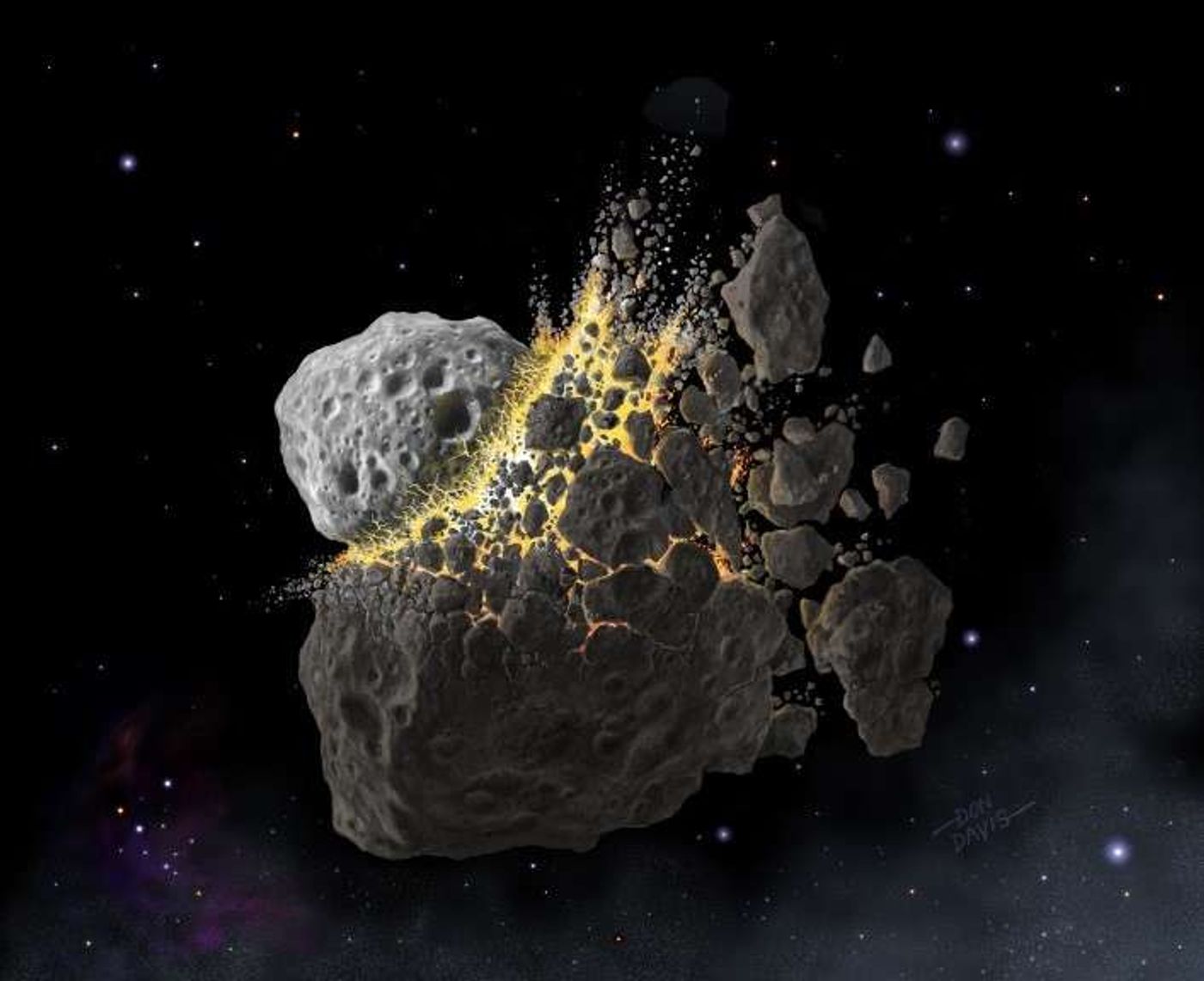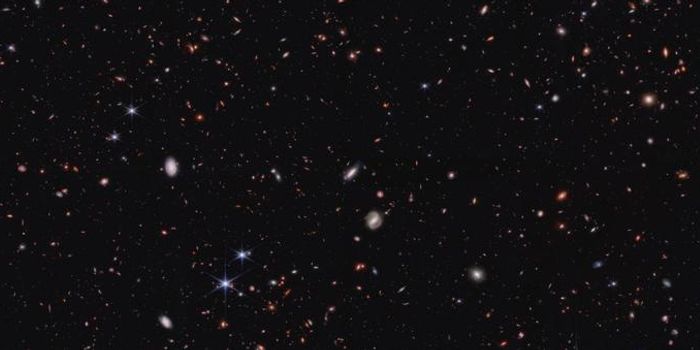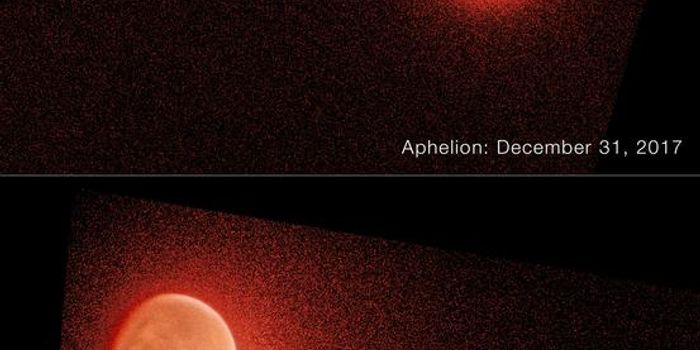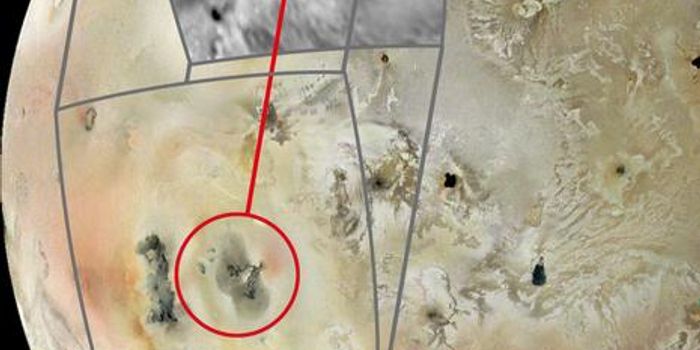Meteorites Striking Earth Today Differ From Those Millions of Years Ago
Ever since the Earth was conceived, the planet has been bombarded with rocks that come from the deepest reaches of space. As everything in space is essentially always in motion, things tend to cross paths with one another from time to time, and that’s why there are so many cases of meteors and meteorites striking the Earth over the millions and billions of years it has existed.
On the other hand, one thing scientists have pointed out recently is that meteorites striking the Earth today are much different than those that struck the planet millions of years ago, and the reasoning behind this has long clouded astronomers’ range of understanding.
Image Credit: Don Davis, Southwest Research Institute
A new study in the journal Nature Astronomy may finally hold some key answers as to why this is the case, as the paper’s lead author, Philipp Heck of The Field Museum in Chicago suggests that there’s a perfectly logical reasoning behind this mystery.
The most common types of meteorites to strike the Earth today are H Chondrites and L Chondrites, but way back in the day, LL Chondrites were the dominant type of meteorite. Each of these classifications gives some clue into the meteorite’s composition, depending on the ratio of iron, to rock minerals, to other metals.
- L Chondrites are typically low in iron composition, but higher in other types of metals
- H Chondrites are typically just high in iron composition
- LL Chondrites are typically low in all forms of metal and high in mineral composition
- Achondrites are typically lacking any granules
Depending on what a meteorite is made out of, it can tell a story about where it originated from. Most of what we see around us are LL Chondrites, which are rocky. On the other hand, most of what we find here on Earth aren’t LL Chondrites, so these metal-filled meteorites we’re finding are coming from another source.
Astronomers involved with this study believe that a major asteroid collision 466 million years ago sent meteorite shards flying in every direction; many of which would live to haunt the planet Earth for millions of years to follow. This has become known as the Collision Cascade Model.
The team collected several samples of micrometeorites from Russia to learn more, and found that there is a correlating timescale between when such a collision event may have occurred and the dissipation of LL Chondrite-type meteorites.
Since it has been a long time since that collision occurred, most of the remnants from that collision have either already collided with Earth, or have made their way so far away that they never will. On the other hand, the meteorites that continue to strike us today are less likely to be a part of that collision, rather from another source in space.
That's not to say that we still don't see meteorites from that collision that occured 466 million years ago, but we just see them far less today than we did back when the event took place, as there are fewer space rocks floating around in space today from that very same collision than there were 466 million years ago, when it took place.
Because most meteorites are too small to see in space, it’s very hard to track their movements. All we have to predict what happened are samples on the Earth presently, as well as computer models and scientific theories.
Source: Astronomy Magazine









